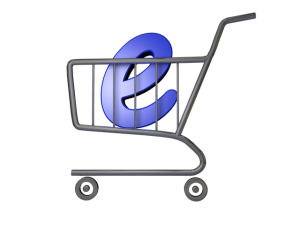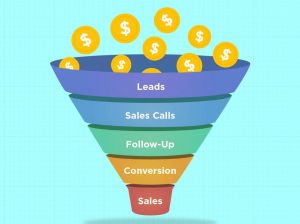Just for fun, search Google for “invoice layout.”
When I did, the Big G returned 11,700,000 results. There’s a good reason for that. Invoice layouts are adaptable, easily accessible, and come with the right structure.
In other words, the days of creating your own invoice are over. You can now use any of those millions of templates to properly generate an invoice.
However, just because you’ve downloaded an invoice layout doesn’t mean that you’re getting the most out of it. That’s why you should follow these best practices. The working knowledge where someone else has worked out the kinks, will guarantee that you’ll get paid on-time the next time you bill a client.
Pick the right layout.
Not all invoice layouts are created equal. That’s because there are different types of invoices. For example, there are attorney’s invoices, finance charge invoices, fixed-fee invoices, product invoices, service invoices, and professional invoices. With that in mind, if you were a professional, like an attorney or accountant, then you wouldn’t want to use a product invoice.
But, that’s just the beginning.
After you’ve found the right type of invoice template, you then want to find a layout that matches your brand. Again, a professional like an attorney wouldn’t want to use an overly creative layout.
That bright and quirky origami-inspired package sure is cool, but it that doesn’t fit your brand. Instead, you want to keep it simple by using a layout that is professional and sophisticated.
Display or hide invoice options.
What if there is an invoice layout that you really like but it needs a little adjusting to suit your needs. Some online invoicing platforms allow you tailor the template. For example, if you sell products then you can add a product code or shipping fields like shipping amount and date.
You can also hide specific fields that may not be relevant for your business at that time.
Add your logo.
Did you know that you’re 3x more likely to get paid if you add a company logo to your invoice?
This is because it distinguishes you from other brand. It also shows that you’re a professional who should be paid on-time.
Besides being able to add your logo to the layout, also make sure that you can add your brand’s colors and fonts. As reminder, these should be the same across the board.
Make sure you can add relevant information.
- Your name and contact information.
- Your client’s name and address.
- The invoice number.
- The invoice date.
- A due date (you’re 8x more likely to get paid on time with this).
- Total amount due.
- Itemized description of work or goods sold.
- Payment options.
- Payment terms.
This not only makes your invoice appear more professional, it also helps answer any questions or concerns that the client may have. If they still have a question, they know how to easily contact you.
Bold the most important components of the invoice, like who’s it from, the due date, and final amount, to emphasize those important items. Also use a color that contrasts with the background so that they stand out.
Attach a photo of your work.
This isn’t applicable for every business owner. But if there is physical proof of your work, then attach an image of it with the invoice.
For example, if you’re a landscaper, then include a picture of your amazing work. If you just designed a website, attach some screen shoots. It’s another way to show off you professionally, while putting the client’s mind at ease.
Utilize the message section.
Most invoice layouts come with a section where you can add a comment or message. Don’t leave this section blank. It’s a perfect way to thank your clients.
In fact, just adding “please pay your invoice within” or “thank you for your business” can increase the percentage of invoices that are paid by more than five per cent.
Additionally, this section can be used to market your business. For instance, you could include a five percent discount off of future work or referrals. You could also ask for testimonial that you could then put on your website.
Don’t forget the small details.
Even though invoice layouts are already properly structured, you still want to double-check the margins, white space distribution, scaling, and font-size. There’s no exact dimensions, but typically your invoice should fit on a standard sheet of paper (8.5? x 11?).
This makes the invoice easy to read, while maintaining a clean and professional appearance.
Business & Finance Articles on Business 2 Community
(64)





